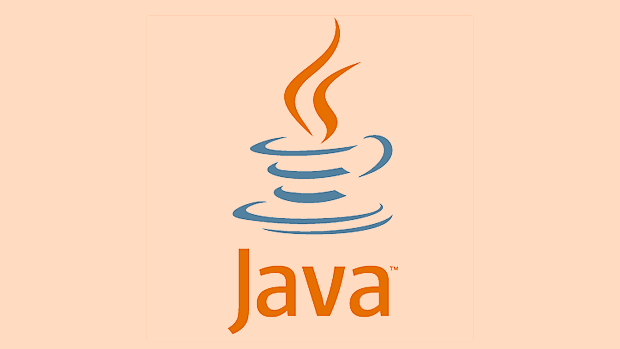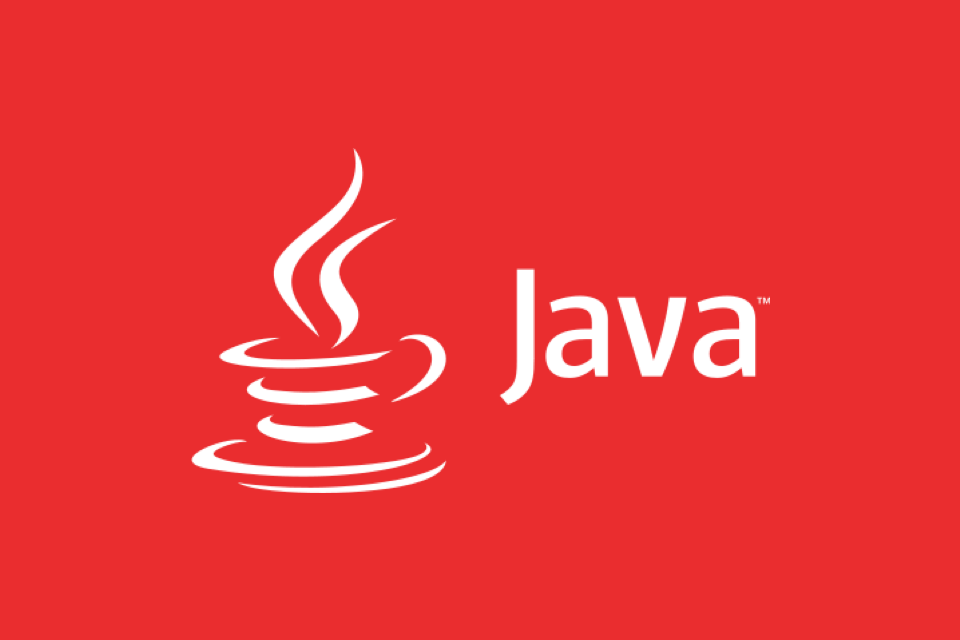Building Low-Latency Java Systems for Financial Trading
Jul 29, 2025 am 02:48 AMMinimize garbage collection by reusing objects, avoiding autoboxing, using pauseless GC JVMs like Zing or ZGC, and tuning heap size. 2. Optimize memory layout with arrays over collections, improve data locality, and prevent false sharing using padding or libraries like Agrona. 3. Use lock-free designs such as the Disruptor pattern, atomic operations, and thread affinity for predictable performance. 4. Employ off-heap memory via DirectByteBuffer or Chronicle Map and use direct I/O for GC-free, low-latency data handling. 5. Tune OS settings including CPU pinning, disabling power scaling, enabling huge pages, and optimizing network stacks with kernel bypass or busy-spin polling. 6. Measure latency precisely using percentiles, JFR, and HdrHistogram to identify and eliminate bottlenecks across the entire stack. Building low-latency Java systems requires reducing latency variability through disciplined memory, threading, and system-level optimizations, proving that Java can achieve sub-microsecond performance in financial trading when used effectively.

Low-latency Java systems are critical in financial trading, where microseconds can mean the difference between profit and loss. While Java is often perceived as "too slow" for high-frequency trading (HFT), modern JVMs and smart engineering practices have made it a viable—and even preferred—platform for building performant, maintainable trading systems. Here’s how to build low-latency Java systems effectively.

1. Minimize Garbage Collection (GC) Pressure
Garbage collection is the biggest source of latency spikes in Java applications. Long GC pauses can stall your trading system at the worst possible moment.
Key strategies:

- Object reuse: Use object pools or thread-local buffers to avoid frequent allocation. For example, reuse message objects in your order routing pipeline.
-
Avoid autoboxing: Don’t use
Integer,Double, etc., in performance-critical paths. Stick to primitives (int,double) to prevent heap allocation. - Use GC-friendly JVMs: Consider Azul Zing (with C4 collector) or OpenJDK with Shenandoah/ZGC, which offer pauseless or near-pauseless garbage collection.
- Tune heap size: Smaller heaps reduce GC pause times, but too small can cause frequent collections. Aim for a heap size that balances throughput and latency.
Pro tip: Allocate objects in object pools during startup and reuse them throughout the system’s lifecycle—especially for incoming market data messages and outgoing order commands.
2. Optimize Memory Layout and Data Structures
Memory access patterns have a huge impact on performance due to CPU cache behavior.

Best practices:
-
Use arrays over collections: Prefer primitive arrays (
long[],double[]) or off-heap storage overArrayListorHashMap, which involve object overhead and indirection. - Data locality: Structure data so related fields are close in memory (e.g., use arrays of structs via libraries like Agrona).
- Avoid false sharing: Pad frequently updated fields in multi-threaded contexts to prevent CPU cache line contention.
@Contended // Reduces false sharing
static class Counter {
volatile long reads;
volatile long writes;
}Agrona’s UnsafeBuffer and ManyToOneConcurrentArrayQueue are widely used in financial systems for lock-free, low-latency messaging.
3. Leverage Lock-Free and Concurrent Design
Synchronization (e.g., synchronized, ReentrantLock) introduces contention and unpredictable pauses.
Use instead:
- Wait-free or lock-free queues: Disruptor pattern (LMAX) is a gold standard for inter-thread communication in trading systems.
- Atomic operations: Use
AtomicLong,LongAdder, orVarHandlesfor fast, thread-safe counters. - Thread affinity: Pin critical threads to specific CPU cores to reduce context switching and improve cache locality.
Example: LMAX Disruptor
RingBuffer<OrderEvent> ringBuffer = disruptor.getRingBuffer();
long sequence = ringBuffer.next();
try {
OrderEvent event = ringBuffer.get(sequence);
event.set(orderId, symbol, price);
} finally {
ringBuffer.publish(sequence);
}This pattern enables millions of events per second with sub-microsecond latency.
4. Use Off-Heap Memory and Direct I/O
Keeping data off the heap avoids GC and gives fine-grained memory control.
- Off-heap storage: Use
ByteBuffer.allocateDirect()or libraries like Agrona or Chronicle Map. - Memory-mapped files: Chronicle Queue uses this for persistent, low-latency messaging with replay capability.
- Direct network I/O: Use
java.niowithSelectoror frameworks like Netty (tuned for low latency) for market data feeds.
Off-heap doesn’t mean “unsafe”—with proper abstraction (e.g., bounds-checked buffers), you can maintain safety without sacrificing speed.
5. Kernel and OS Tuning
Even the best Java code can be bottlenecked by the OS.
Critical OS-level optimizations:
- CPU pinning: Use
tasksetorcgroupsto bind JVM threads to isolated CPU cores. - Disable power scaling: Set CPU governor to “performance” mode.
- Huge pages: Enable transparent huge pages (THP) or use
-XX: UseLargePagesto reduce TLB misses. - Network tuning: Use kernel bypass (e.g., Solarflare’s OpenOnload) or busy-spin polling on sockets for predictable network latency.
6. Measure, Profile, and Eliminate Latency
You can’t optimize what you can’t measure.
- Use precise latency metrics: Track 99th, 99.9th, and 99.99th percentile latencies—not just averages.
- Flight Recorder (JFR): Enable
-XX: FlightRecorderto capture GC, thread, and allocation data in production. - Latency histograms: Use HdrHistogram to log and analyze microsecond-level response times.
Histogram histogram = new HdrHistogram(1, 1000000, 3); histogram.recordValue(latencyInMicros);
Monitor not just application logic, but also time-to-first-byte in network handlers and serialization overhead.
Building low-latency Java systems isn’t about avoiding Java—it’s about using it wisely. With careful memory management, lock-free designs, off-heap techniques, and OS tuning, Java can deliver sub-microsecond latency in financial trading systems. The key is reducing variability: predictable performance beats raw speed when every microsecond counts.
Basically, it’s not Java that’s slow—it’s how you use it.
The above is the detailed content of Building Low-Latency Java Systems for Financial Trading. For more information, please follow other related articles on the PHP Chinese website!

Hot AI Tools

Undress AI Tool
Undress images for free

Undresser.AI Undress
AI-powered app for creating realistic nude photos

AI Clothes Remover
Online AI tool for removing clothes from photos.

Clothoff.io
AI clothes remover

Video Face Swap
Swap faces in any video effortlessly with our completely free AI face swap tool!

Hot Article

Hot Tools

Notepad++7.3.1
Easy-to-use and free code editor

SublimeText3 Chinese version
Chinese version, very easy to use

Zend Studio 13.0.1
Powerful PHP integrated development environment

Dreamweaver CS6
Visual web development tools

SublimeText3 Mac version
God-level code editing software (SublimeText3)

Hot Topics
 A Developer's Guide to Maven for Java Project Management
Jul 30, 2025 am 02:41 AM
A Developer's Guide to Maven for Java Project Management
Jul 30, 2025 am 02:41 AM
Maven is a standard tool for Java project management and construction. The answer lies in the fact that it uses pom.xml to standardize project structure, dependency management, construction lifecycle automation and plug-in extensions; 1. Use pom.xml to define groupId, artifactId, version and dependencies; 2. Master core commands such as mvnclean, compile, test, package, install and deploy; 3. Use dependencyManagement and exclusions to manage dependency versions and conflicts; 4. Organize large applications through multi-module project structure and are managed uniformly by the parent POM; 5.
 Building RESTful APIs in Java with Jakarta EE
Jul 30, 2025 am 03:05 AM
Building RESTful APIs in Java with Jakarta EE
Jul 30, 2025 am 03:05 AM
SetupaMaven/GradleprojectwithJAX-RSdependencieslikeJersey;2.CreateaRESTresourceusingannotationssuchas@Pathand@GET;3.ConfiguretheapplicationviaApplicationsubclassorweb.xml;4.AddJacksonforJSONbindingbyincludingjersey-media-json-jackson;5.DeploytoaJakar
 Developing a Blockchain Application in Java
Jul 30, 2025 am 12:43 AM
Developing a Blockchain Application in Java
Jul 30, 2025 am 12:43 AM
Understand the core components of blockchain, including blocks, hashs, chain structures, consensus mechanisms and immutability; 2. Create a Block class that contains data, timestamps, previous hash and Nonce, and implement SHA-256 hash calculation and proof of work mining; 3. Build a Blockchain class to manage block lists, initialize the Genesis block, add new blocks and verify the integrity of the chain; 4. Write the main test blockchain, add transaction data blocks in turn and output chain status; 5. Optional enhancement functions include transaction support, P2P network, digital signature, RESTAPI and data persistence; 6. You can use Java blockchain libraries such as HyperledgerFabric, Web3J or Corda for production-level opening
 python property decorator example
Jul 30, 2025 am 02:17 AM
python property decorator example
Jul 30, 2025 am 02:17 AM
@property decorator is used to convert methods into properties to implement the reading, setting and deletion control of properties. 1. Basic usage: define read-only attributes through @property, such as area calculated based on radius and accessed directly; 2. Advanced usage: use @name.setter and @name.deleter to implement attribute assignment verification and deletion operations; 3. Practical application: perform data verification in setters, such as BankAccount to ensure that the balance is not negative; 4. Naming specification: internal variables are prefixed, property method names are consistent with attributes, and unified access control is used to improve code security and maintainability.
 css dark mode toggle example
Jul 30, 2025 am 05:28 AM
css dark mode toggle example
Jul 30, 2025 am 05:28 AM
First, use JavaScript to obtain the user system preferences and locally stored theme settings, and initialize the page theme; 1. The HTML structure contains a button to trigger topic switching; 2. CSS uses: root to define bright theme variables, .dark-mode class defines dark theme variables, and applies these variables through var(); 3. JavaScript detects prefers-color-scheme and reads localStorage to determine the initial theme; 4. Switch the dark-mode class on the html element when clicking the button, and saves the current state to localStorage; 5. All color changes are accompanied by 0.3 seconds transition animation to enhance the user
 css dropdown menu example
Jul 30, 2025 am 05:36 AM
css dropdown menu example
Jul 30, 2025 am 05:36 AM
Yes, a common CSS drop-down menu can be implemented through pure HTML and CSS without JavaScript. 1. Use nested ul and li to build a menu structure; 2. Use the:hover pseudo-class to control the display and hiding of pull-down content; 3. Set position:relative for parent li, and the submenu is positioned using position:absolute; 4. The submenu defaults to display:none, which becomes display:block when hovered; 5. Multi-level pull-down can be achieved through nesting, combined with transition, and add fade-in animations, and adapted to mobile terminals with media queries. The entire solution is simple and does not require JavaScript support, which is suitable for large
 How to use Java MessageDigest for hashing (MD5, SHA-256)?
Jul 30, 2025 am 02:58 AM
How to use Java MessageDigest for hashing (MD5, SHA-256)?
Jul 30, 2025 am 02:58 AM
To generate hash values using Java, it can be implemented through the MessageDigest class. 1. Get an instance of the specified algorithm, such as MD5 or SHA-256; 2. Call the .update() method to pass in the data to be encrypted; 3. Call the .digest() method to obtain a hash byte array; 4. Convert the byte array into a hexadecimal string for reading; for inputs such as large files, read in chunks and call .update() multiple times; it is recommended to use SHA-256 instead of MD5 or SHA-1 to ensure security.
 python parse date string example
Jul 30, 2025 am 03:32 AM
python parse date string example
Jul 30, 2025 am 03:32 AM
Use datetime.strptime() to convert date strings into datetime object. 1. Basic usage: parse "2023-10-05" as datetime object through "%Y-%m-%d"; 2. Supports multiple formats such as "%m/%d/%Y" to parse American dates, "%d/%m/%Y" to parse British dates, "%b%d,%Y%I:%M%p" to parse time with AM/PM; 3. Use dateutil.parser.parse() to automatically infer unknown formats; 4. Use .d






